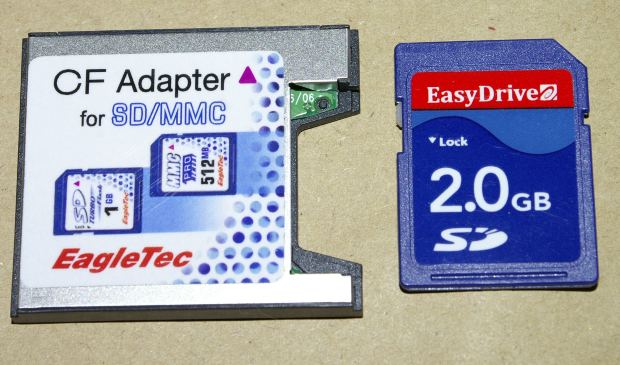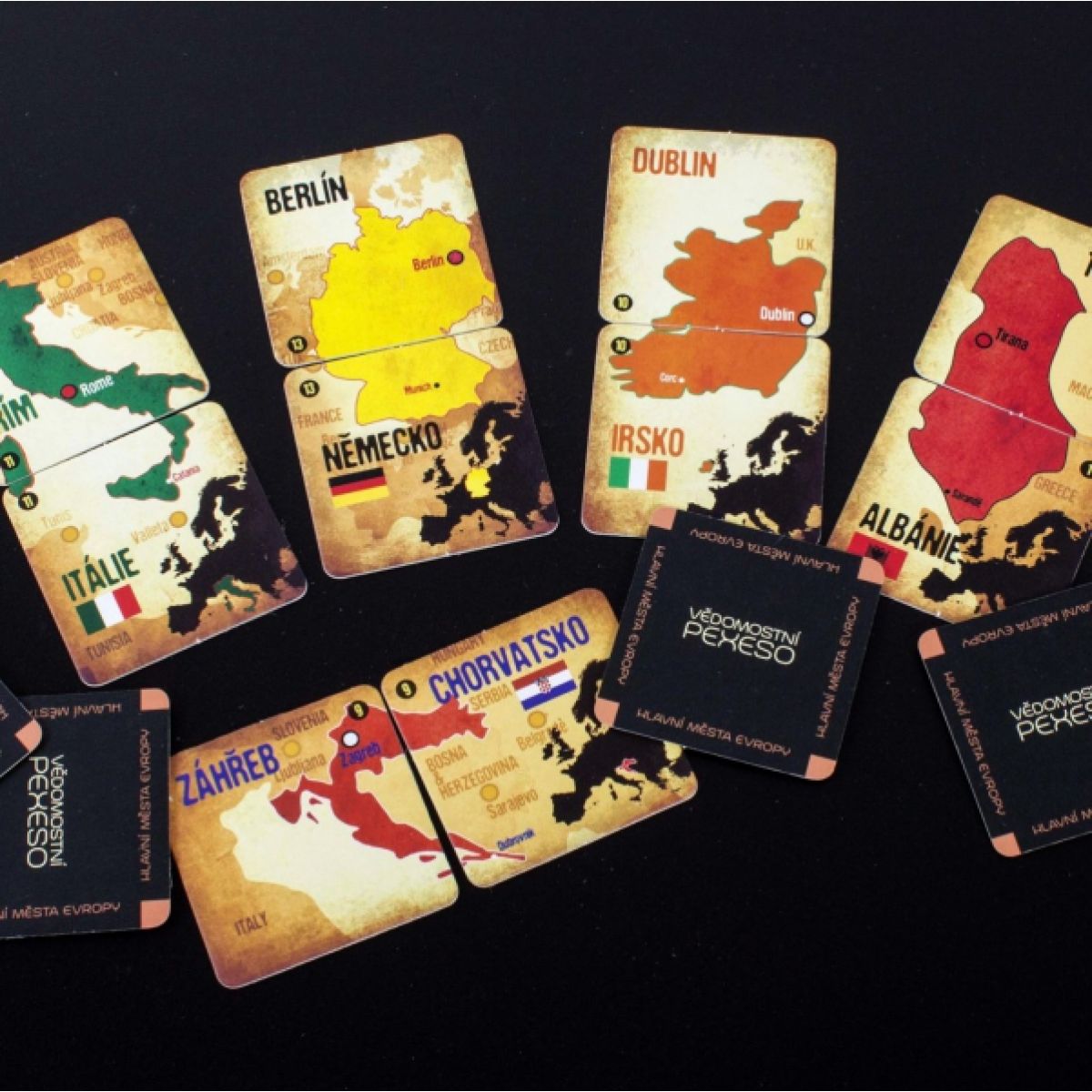Memory Color Impact
페이지 정보
작성자 TF 작성일25-10-23 07:36 (수정:25-10-23 07:36)관련링크
본문
 The memory coloration impact is the phenomenon that the canonical hue of a sort of object acquired by way of experience (e.g. the sky, a leaf, or a strawberry) can straight modulate the appearance of the actual colours of objects. Human observers purchase memory colours by means of their experiences with instances of that sort. For example, most human observers know that an apple sometimes has a reddish hue; this knowledge in regards to the canonical colour which is represented in memory constitutes a memory color. As an example of the impact, regular human trichromats, when presented with a grey banana, often perceive the grey banana as being yellow - the banana's memory shade. In mild of this, subjects sometimes modify the shade of the banana towards the color blue - the opponent colour of yellow - when asked to regulate its surface to gray to cancel the refined activation of banana's memory color. Subsequent empirical studies have also proven the memory shade impact on man-made objects (e.g. smurfs, German mailboxes), the impact being particularly pronounced for blue and yellow objects.
The memory coloration impact is the phenomenon that the canonical hue of a sort of object acquired by way of experience (e.g. the sky, a leaf, or a strawberry) can straight modulate the appearance of the actual colours of objects. Human observers purchase memory colours by means of their experiences with instances of that sort. For example, most human observers know that an apple sometimes has a reddish hue; this knowledge in regards to the canonical colour which is represented in memory constitutes a memory color. As an example of the impact, regular human trichromats, when presented with a grey banana, often perceive the grey banana as being yellow - the banana's memory shade. In mild of this, subjects sometimes modify the shade of the banana towards the color blue - the opponent colour of yellow - when asked to regulate its surface to gray to cancel the refined activation of banana's memory color. Subsequent empirical studies have also proven the memory shade impact on man-made objects (e.g. smurfs, German mailboxes), the impact being particularly pronounced for blue and yellow objects.
To clarify this, researchers have argued that because natural daylight shifts from short wavelengths of gentle (i.e., bluish hues) in direction of gentle of longer wavelengths (i.e., yellowish-orange hues) in the course of the day, the memory colours for blue and yellow objects are recruited by the visible system to the next diploma to compensate for this fluctuation in illumination, thereby providing a stronger memory coloration effect. Memory coloration plays a job when detecting an object. In a examine the place members had been given objects, resembling an apple, with two alternate types for every, a crooked apple and a circular apple, researchers modified the colors of the alternate types and Memory Wave asked if they could establish them. A lot of the participants answered "uncertain," suggesting that we use memory color when identifying an object. Memory shade effect will be derived from the human intuition to memorize objects better. Evaluating the impact of recognizing gray-scaled images and coloured photographs, outcomes confirmed that people had been in a position to recall colored photos 5% greater in comparison with grey-scaled photographs.
An essential factor was that increased degree of distinction between the thing and background colour influences memory. In a selected research related to this, contributors reported that colours were 5% to 10% easier to acknowledge in comparison with black and white. Colour constancy is the phenomenon the place a floor to look like of the identical coloration underneath a wide rage of illumination. A research examined two hypotheses as regards to shade memory; the photoreceptor speculation and the floor reflectance speculation. The test color was encompass both by varied color patches forming a posh pattern or a uniform "grey" subject at the identical chromaticity as that of the illuminant. The test colour was offered on a darkish background for the management group. It was noticed that complicated surround outcomes the place consistent with the floor-reflectance hypothesis and never the photoreceptor speculation, exhibiting that the accuracy and precision of colour memory are fundamentals to understanding the phenomenon of colour constancy. While objects that possess canonical hues make up a small share of the objects which populate humans’ visual experience, the human visual system developed in an atmosphere populated with objects that possess canonical hues.
This suggests that the memory shade effect is related to the emergence of trichromacy because it has been argued that trichromacy evolved to optimize the flexibility to detect ripe fruits-objects that appear in canonical hues. In notion research, the memory shade impact is cited as evidence for the opponent colour theory, which states that four primary colours can be paired with its opponent shade: pink-inexperienced, blue-yellow. This explains why participants alter the ripe banana coloration to a blueish tone to make its memory color yellow as grey. Researchers have also discovered empirical proof that implies memory coloration is recruited by the visual system to achieve coloration constancy. For example, members had a lower proportion of shade constancy when taking a look at a colour incongruent scene, resembling a purple banana, compared to a colour diagnostical scene, a yellow banana. This suggests that shade constancy is influenced by the shade of objects that we are acquainted with, which the memory color impact takes half.
 Ewald Hering (1964). Outlines of a principle of the light sense. Bartleson, C. J. (1960). "Memory Colours of Acquainted Objects". Journal of the Optical Society of America. Hansen, T.; Olkkonen, M.; Walter, S.; Gegenfurtner, Ok.R. October 2006). "Memory modulates shade look". Nature Neuroscience. 9 (11): 1367-1368. doi:10.1038/nn1794. Witzel, C.; Valkova, H.; Hansen, T.; Gegenfurtner, Ok.R. March 2011). "Object knowledge modulates colour look". Notion. 2 (1): 13-49. doi:10.1068/i0396. Mial, R.P. (1974). "The impact of memory shade on kind identification". Perception & Psychophysics. 16: 1-3. doi:10.3758/BF03203241. Dzulkifli, M. A. (2013). "The affect of colour on memory performance: a review". The Malaysian Journal of Medical Sciences. Wolfe, Jeremy. Sensation & Perception (fifth ed.). Oxford College Press. p. Jin, Elaine W.; Shevell, Steven Ok. (1996-10-01). "Colour memory and coloration constancy". JOSA A. 13 (10): 1981-1991. Bibcode:1996JOSAA..13.1981J. Regan, B.C.; Julliot, MemoryWave Community C.; Simmen, B.; Vienot, F.; Charles-Dominique, P.; Mollon, J.D. March 2011). "Fruits, foliage and the evolution of primate color vision". Philosophical Transactions of the Royal Society B: MemoryWave Community Biological Sciences. 356 (1407): 229-283. doi:10.1098/rstb.2000.0773. Wolfe, Jeremy M.; Kluender, Keith R.; Levi, Dennis M. (2018). Sensation & Notion (fifth ed.). Oxford University Press. p. Granzier, J.M.; Gegenfurtner, Okay.R. 2012). "Results of memory color on color constancy for unknown coloured objects".
Ewald Hering (1964). Outlines of a principle of the light sense. Bartleson, C. J. (1960). "Memory Colours of Acquainted Objects". Journal of the Optical Society of America. Hansen, T.; Olkkonen, M.; Walter, S.; Gegenfurtner, Ok.R. October 2006). "Memory modulates shade look". Nature Neuroscience. 9 (11): 1367-1368. doi:10.1038/nn1794. Witzel, C.; Valkova, H.; Hansen, T.; Gegenfurtner, Ok.R. March 2011). "Object knowledge modulates colour look". Notion. 2 (1): 13-49. doi:10.1068/i0396. Mial, R.P. (1974). "The impact of memory shade on kind identification". Perception & Psychophysics. 16: 1-3. doi:10.3758/BF03203241. Dzulkifli, M. A. (2013). "The affect of colour on memory performance: a review". The Malaysian Journal of Medical Sciences. Wolfe, Jeremy. Sensation & Perception (fifth ed.). Oxford College Press. p. Jin, Elaine W.; Shevell, Steven Ok. (1996-10-01). "Colour memory and coloration constancy". JOSA A. 13 (10): 1981-1991. Bibcode:1996JOSAA..13.1981J. Regan, B.C.; Julliot, MemoryWave Community C.; Simmen, B.; Vienot, F.; Charles-Dominique, P.; Mollon, J.D. March 2011). "Fruits, foliage and the evolution of primate color vision". Philosophical Transactions of the Royal Society B: MemoryWave Community Biological Sciences. 356 (1407): 229-283. doi:10.1098/rstb.2000.0773. Wolfe, Jeremy M.; Kluender, Keith R.; Levi, Dennis M. (2018). Sensation & Notion (fifth ed.). Oxford University Press. p. Granzier, J.M.; Gegenfurtner, Okay.R. 2012). "Results of memory color on color constancy for unknown coloured objects".
댓글목록
등록된 댓글이 없습니다.

